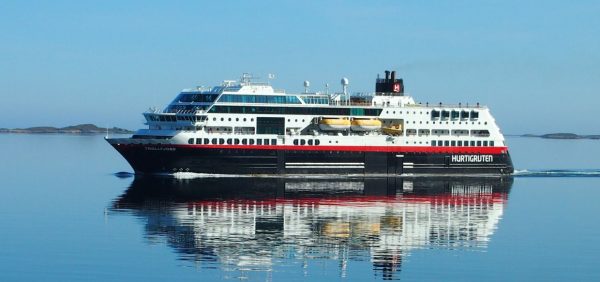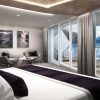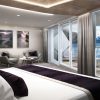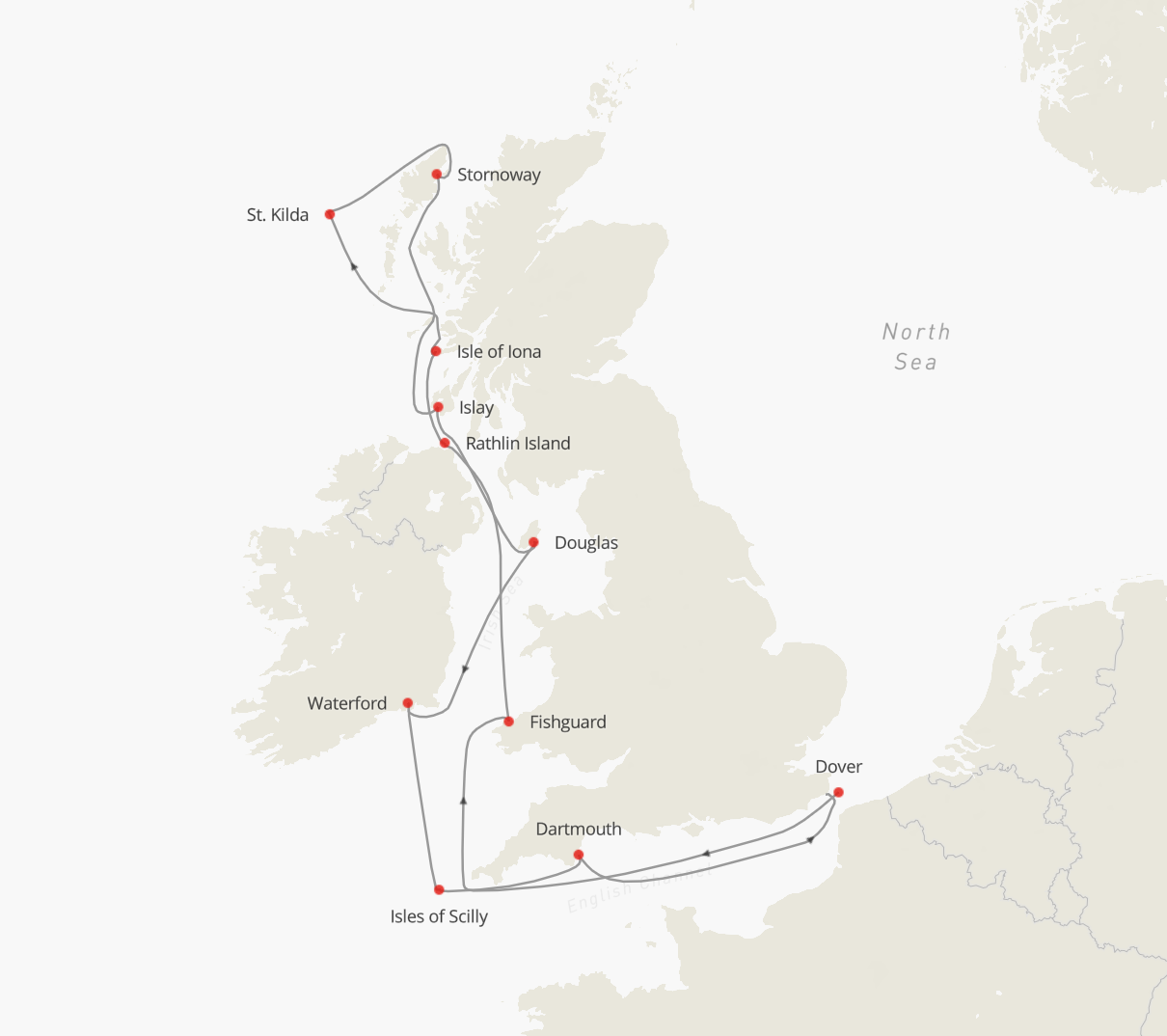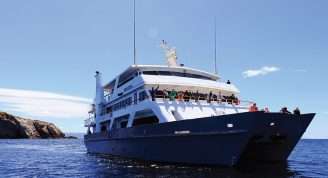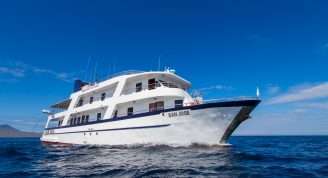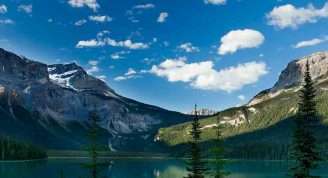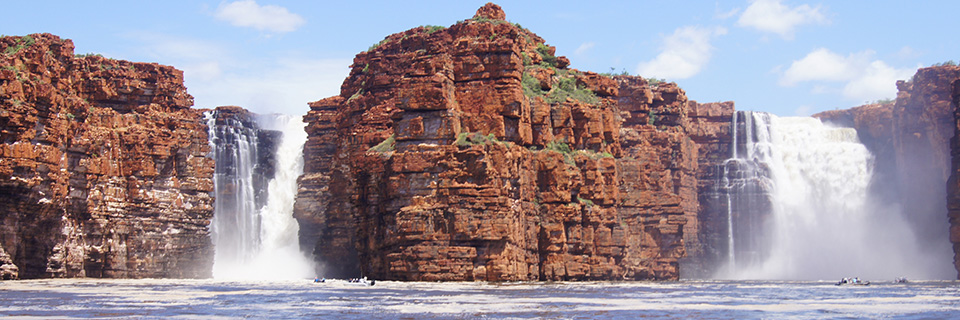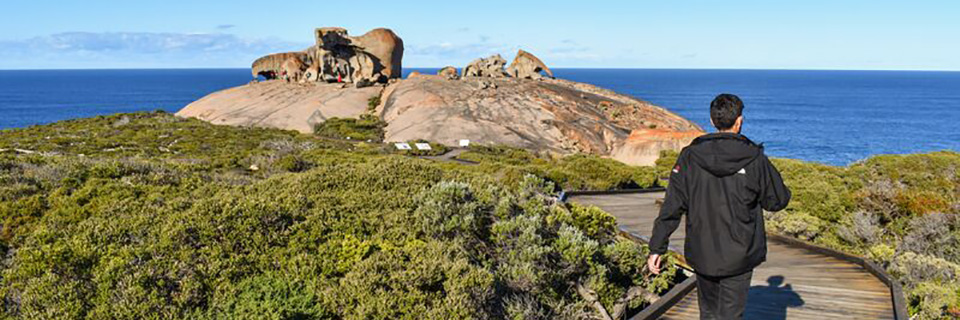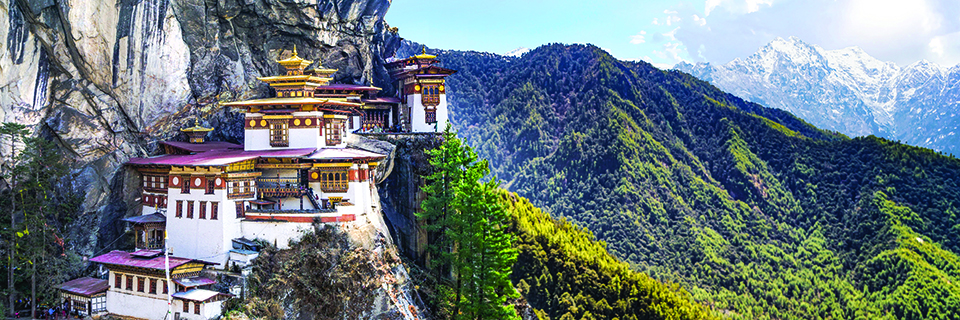Description
We set sail from the south of England to the most northerly region of Scotland – covering a vast area in between. A true British Isles journey, visiting England, Wales, N. Ireland, the Isle of Man, Republic of Ireland, Scotland and the Hebrides. As we head for remote destinations which will challenge our seamanship, the true meaning of expedition cruising will become apparent as the ideal way to discover these often inaccessible places. Along with towns and villages we encounter diverse landscapes, coastal paths for exploring, nature landings and scenic coastal cruising through unique pristine waters. Highlights of the voyage include the remarkable birdlife of Rathlin Island and the abandoned village of St. Kilda, ancient history of Isle of Man and Waterford, naval history and scenic beauty of Devon, the whisky island of Islay, but we invite you to discover your own highlights and create your own remarkable memories. Our knowledgeable and experienced Expedition team are on hand to ensure you make the most of your time on board as well as ashore.


